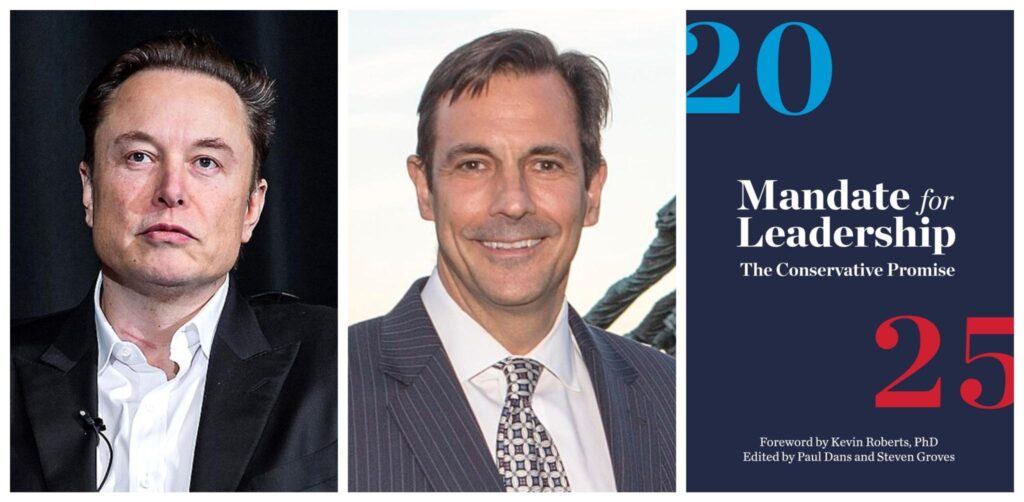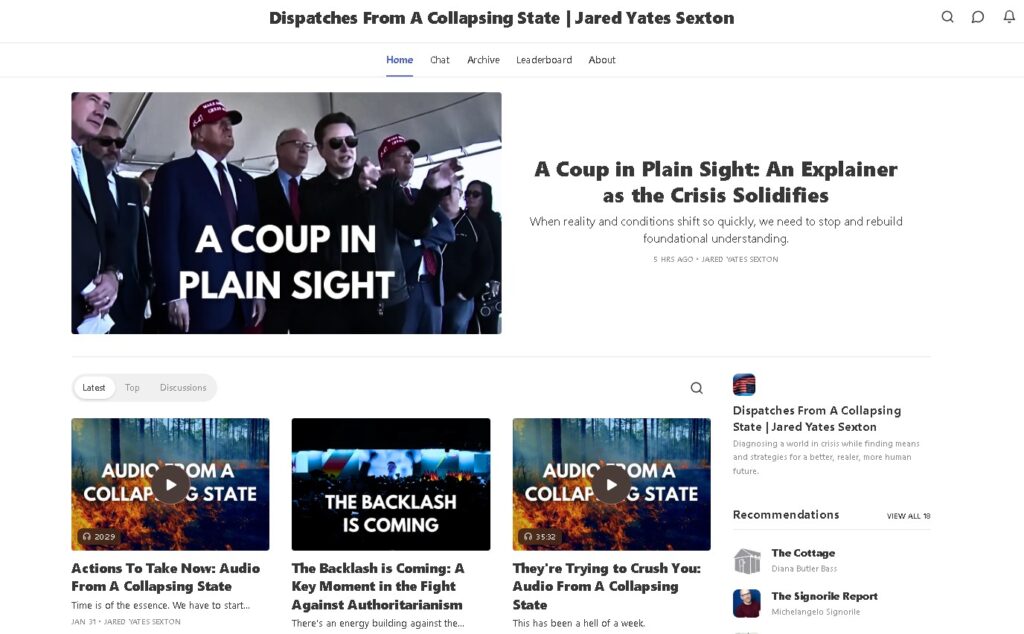The U.S. Chamber of Commerce is taking on water for advocating a climate change position that even its own members find irresponsible.
But this is only the latest episode in the Chamber’s 20-year campaign to block legislative solutions that would reduce greenhouse gas emissions, create new green jobs and, ultimately, lead to energy independence.
That campaign is a central – unavoidable – theme in Climate Cover-up, the book that I have recently written with Richard Littlemore. It details four years of research on climate change misinformation and especially on the work of a powerful alliance of lobbyists and industry front groups who have set back the fight against climate change – and the push for clean energy independence – by two decades.
The U.S. Chamber of Commerce, a leading player from the outset, is finally suffering mainstream exposure, as major companies abandoned ship in protest against the Chamber’s climate policy. Apple, Exelon, PNM Resources, PG&E, PSEG, Levi Strauss & Co, and the San Francisco Chamber of Commerce have all quit; and Nike stepped down from the Chamber board of directors. All cited embarrassment over Chamber climate policy as the cause.
The Chamber brought this rift upon itself.
Vice President Bill Kovacs triggered the humiliation during the summer when he suggested that the Environmental Protection Agency be subjected to a Scopes monkey trial to review the science behind man-made climate change. Kovacs back-pedaled as soon as mainstream media picked up the story, but not in time to stop the exodus of Chamber members who wanted to distance themselves from the Chamber’s anti-science position.
Last week, Mother Jones revealed that the Chamber has also been inflating its membership numbers by 1,000 per cent. While the Chamber has been claiming to represent “more than three million” U.S. businesses, in reality, it has just 300,000 business members. That still could be seen as an impressive number but, at less than 1% of all American companies, it hardly justifies the Chambers claim to be “the voice of business” in the United States.
Washington Post columnist Steven Pearlstein published an excellent piece on the Chamber’s inflated membership, noting “how disingenuous the Chamber has become in its Washington lobbying.” Even the White House joined in the Chamber pile-on.
Energy Secretary Steven Chu told reporters, “It’s wonderful” to see so many companies quit the Chamber of Commerce. “I think companies like that – Exelon and others – are saying we have recognized the reality. They are saying we can’t be a party to this denial and foot-dragging.” “I would encourage the Chamber of Commerce to realize the economic opportunity that the United States can lead in a new industrial revolution,” Chu said.
Secretary Chu is absolutely correct.
The United States can – and should – lead the clean energy revolution. It can – and should – pass strong climate and energy policies. These policy signals would do far more to secure American energy independence and create millions of jobs than anything the Chamber and other business lobbyists could conjure up. Strong climate and energy policy will facilitate the rapid deployment of renewable energy technologies throughout the global economy, securing our future against oil price shocks, climate-altering pollution and wars over dwindling resources.
Against that scenario, the Chamber has been running interference on behalf of entrenched fossil fuel interests, a point often overlooked in the current hostile media coverage. Despite the dents to its reputation, the Chamber remains one of the most effective lobbying forces behind the continued U.S. failure to address the climate crisis.
The Chamber has always fought tooth and nail against the Kyoto Protocol negotiations, arguing that a transition to clean energy technologies would kill the U.S. economy. The Chamber has repeatedly tried to magnify the voices of climate change skeptics like Richard Lindzen and Roy Spencer. The Chamber’s long history of extreme opposition to climate policy is openly reflected in reports and press releases on its own website. For example, an excerpt from the Chamber’s ‘Summary Remarks’ section of its 2005 report, Reality Check: Straight Talk About the Kyoto Protocol:
“Addressing the climate change challenge by attempting to stabilize the level of CO2 in the atmosphere (if proven necessary) would require expending absolutely vast sums of money (many trillions of dollars) on a far larger scale of intervention than that envisaged by the Kyoto Protocol. However, adopting such an enlarged intervention, premised on enforced, huge cutbacks on CO2 emissions, could be highly destructive to the economies of many nations and could severely curtail the availability of funds needed for addressing other major societal problems, particularly if such a program were to be implemented within a short time frame of a few decades.”
Further examples of the Chamber’s climate skepticism abound, especially in its campaign against the failed Lieberman-Warner climate bill of 2008.
The Chamber claims a responsible line, saying that it has “called upon the United States to join with other nations to negotiate a new international agreement that sets binding CO2 reduction commitments for each nation, while allowing each to devise its own best path to meeting its target.” But in advocating for the death of Kyoto, the Chamber is really calling for a global agreement that requires no accountability between nations.
The Chamber wants the U.S. to pollute at will, while holding other nations responsible for reducing emissions – “if proven necessary.” While the beneficiaries of this policy are exclusively the fossil fuel industries that dominate Chamber policy making, the effects have been widespread. And no wonder. The Chamber spent nearly $35 million in the third quarter of 2009 alone, setting a single quarter record and quadrupling its 2nd quarter lobbying expenditures. That brings the Chamber’s annual lobbying total to over $52 million so far this year, with an active 4th quarter under way.
Their lobbyists and advertisements typically use arguments that are simple and effective, even while being inaccurate and misleading. The Chamber also claims “mainstream, commonsense views that are shared by a broad majority of the American people.” But in reality, the group is far out of step, pushing for denial and delay when most major companies are calling for urgent government action. As a result, the Chamber may be losing serious ground.
Politico reports this week that the White House and congressional Democratic leaders are working to marginalize the Chamber by dealing directly with the CEOs of major U.S. corporations. This plan to “neuter the Chamber” goes beyond the Kerry-Boxer climate bill, involving President Obama’s full first-year agenda on health care reform, climate change legislation and regulatory reform. “They’ve taken a real hit this year,” a prominent Democratic lobbyist told Politico this week. “In the White House and on the Hill, among the people who run things, they are radioactive.”
But the Chamber, famous for long campaigns against labor unions, workplace safety regulations and other common sense American policies, is not giving up on its dirty energy advocacy. “If people want to attack us, bring ‘em on,” Chamber CEO Tom Donohue told reporters recently. “We are not changing where we are,” he said. “We’ve thought long and hard about what is important here and we are not going anywhere.”
Whether anyone will still be listening remains to be seen. A diminished role for the U.S. Chamber would brighten the prospects of passing climate and energy policy in the United States and abroad, but there are other lobbying groups determined to defend dirty fossil fuel interests at all costs. More on that in future posts about who is killing American climate policy.
Stay tuned.
Cross-posted on Huffington Post and Daily Kos.
James Hoggan is a 35 year veteran in public relations and the author of the new book Climate Cover Up that will be released this week US-wide.
Subscribe to our newsletter
Stay up to date with DeSmog news and alerts







